|
|
Expedition
Expedition | People
|
Log - August-7-2003
by Robert McCarthy
Previous | Next
Back for clams
Robert McCarthy |
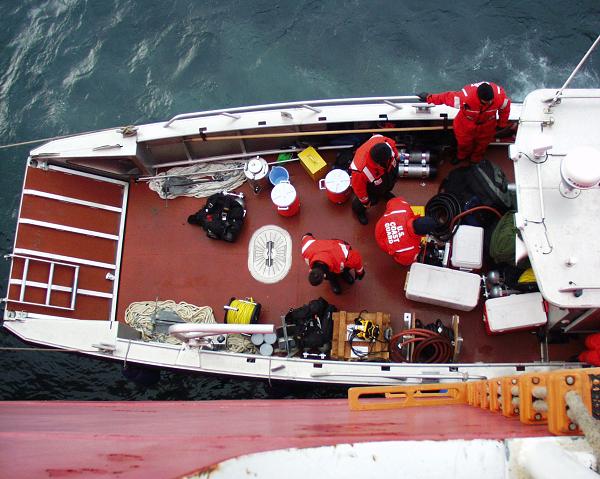 |
The six heroes are back in the water today; first to place another bottom secured, shallow pressure mooring, and second to dive for more clams. Dr. Robie MacDonald and Mary O’Brien, both with the Institute of Ocean Sciences, are interested in the story contained within the clam’s shell. They hope to use the bivalve’s shell as an indicator or throughflow variability dating back to the age of the clam, hopefully 40-60 years. The clam’s growth bands are similar to a tree’s growth rings; the chemistry of the water is recorded within the bivalve’s growth bands like the amount of rainfall is correlated with the width of a tree ring. These bands will conceivably tell the researchers something about the interannual variability of water masses characteristics and freshwater fluxes through the Nares Strait. |
| Cadmium (Cd), atomic number 48, has been correlated with phosphorus (P), atomic number 15, in the world’s oceans. Phosphorus is a nutrient that is usually found in higher concentrations near the bottom. As living organisms die and fall to the bottom, they decompose and enrich the bottom waters with nutrients. Along coasts where upwelling is prevalent, there is high biological productivity because this nutrient rich bottom water is brought to the surface where phytoplankton can incorporate it for growth. The Cd:PO4 correlation is because Cd is a required micronutrient for the bivalves they’re hoping to retrieve. They will also use the Cd:Ca (Cadmium to Calcium) ratio as a useful indicator of the strength of the nutrient rich Pacific contribution to the Nares Straight region. |
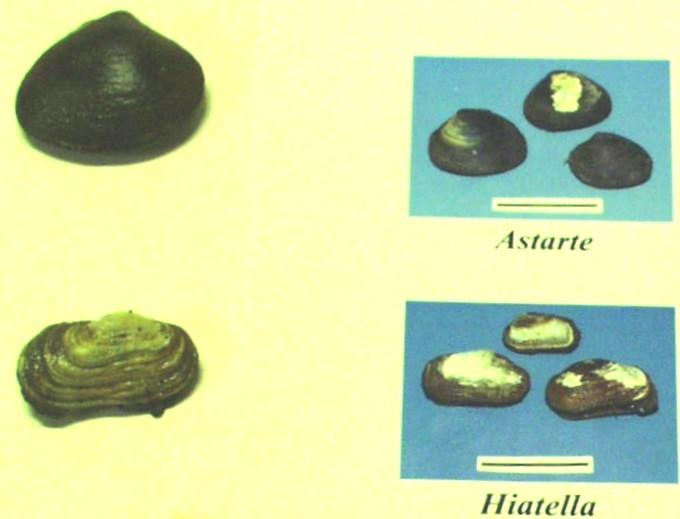 |
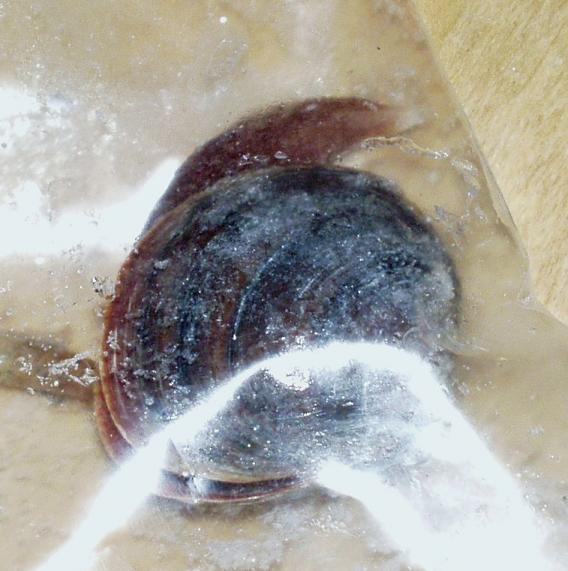 |
Another possible ratio to investigate is the Barium to Calcium (Ba:Ca) ratio, because Barium is enriched in the surface and upper halocline (fresher) waters of the Canadian Basin due to the Mackenzie River. The shells will be cut with a diamond saw, and thin sections will be analyzed with a light microscope. They will also analyze the water taken from the same location that the clams were living to see how the last growth ring retains the water properties. Thus, they hope to reconstruct variations in the circulation through Nares Straight over the life history of the clams. Now all they need are more clams. |
| The Divers must calculate their dive time, so they know how long they can stay down at a certain depth. Remember the log on August 3rd, where we showed that the volume of a cube 4.25 feet on a side contains the same amount of air as a filled diving tank at 3000 psi. Well, this equates to about 76.8 cubic feet, or 2.17 cubic meters, or 2170 liters of air in a full tank. In the U.S. Navy Diving Manual, they state that a person consumes about 20 liters of air per minute. So under normal conditions, warm water and no strenuous activity, a full tank should last about 108 hours. If the dive was solely at 10 meters, (for every 10 meters you descend in the ocean is the equivalent of another atmosphere of pressure), then the diver experiences a pressure of 2 atmospheres. So the air the diver breathes is twice as dense as it was at the surface, so the dive time is cut in half (54 minutes). Continuing down, if the dive was all at 20 meters, then the air being consumed is at 3 atmospheres, so the dive time is only 36 minutes, and finally at 30 meters, the dive time is 27 minutes. These divers’ times are less than that, due to cold water temperatures. But the divers must always be aware of their water depth, their bottom time, and their air supply. |
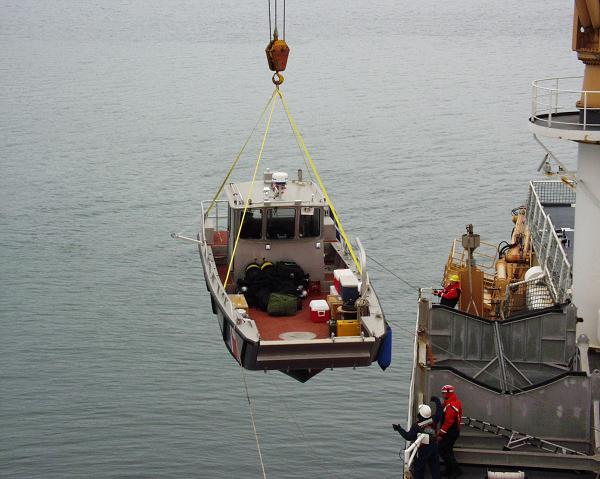 |
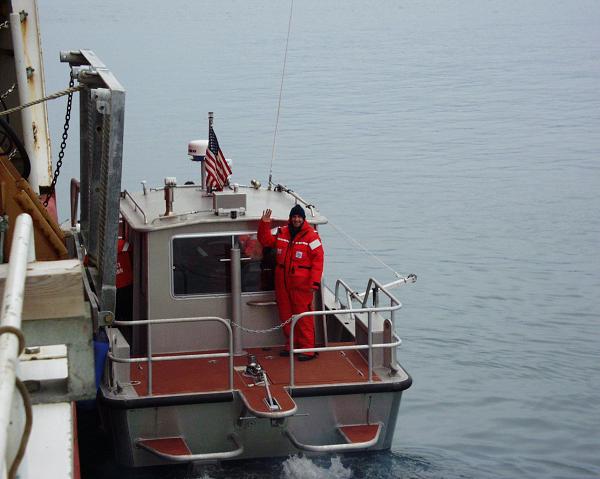 |
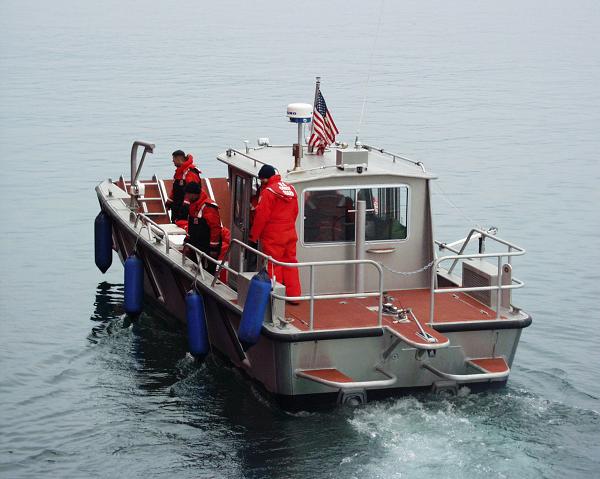 |
|
